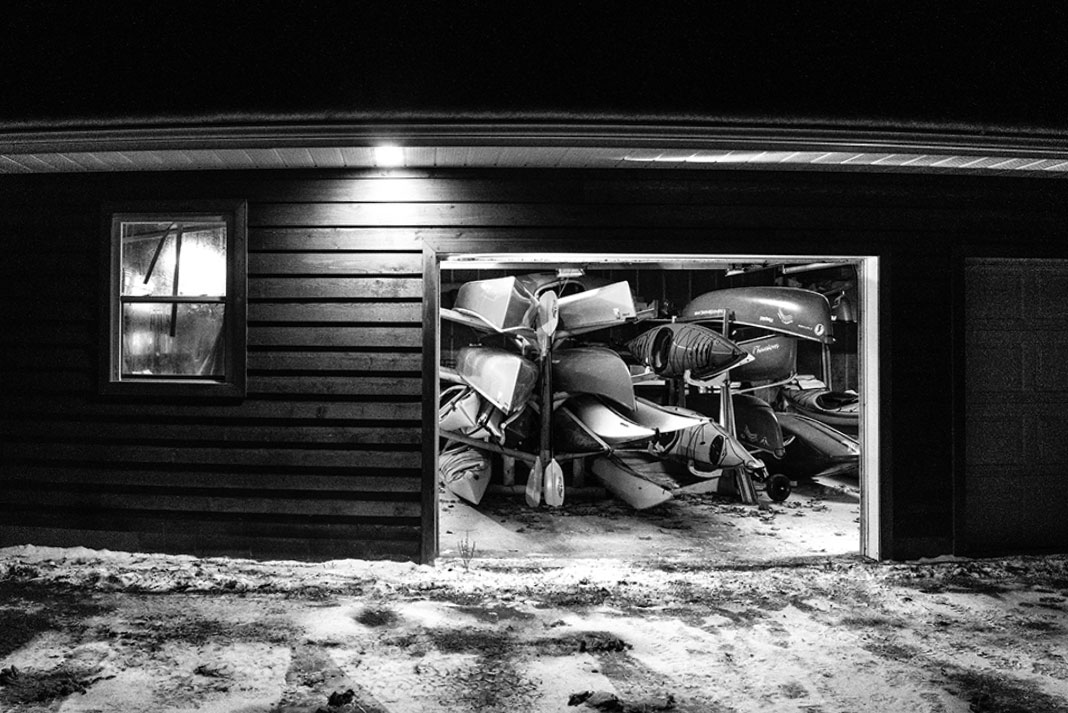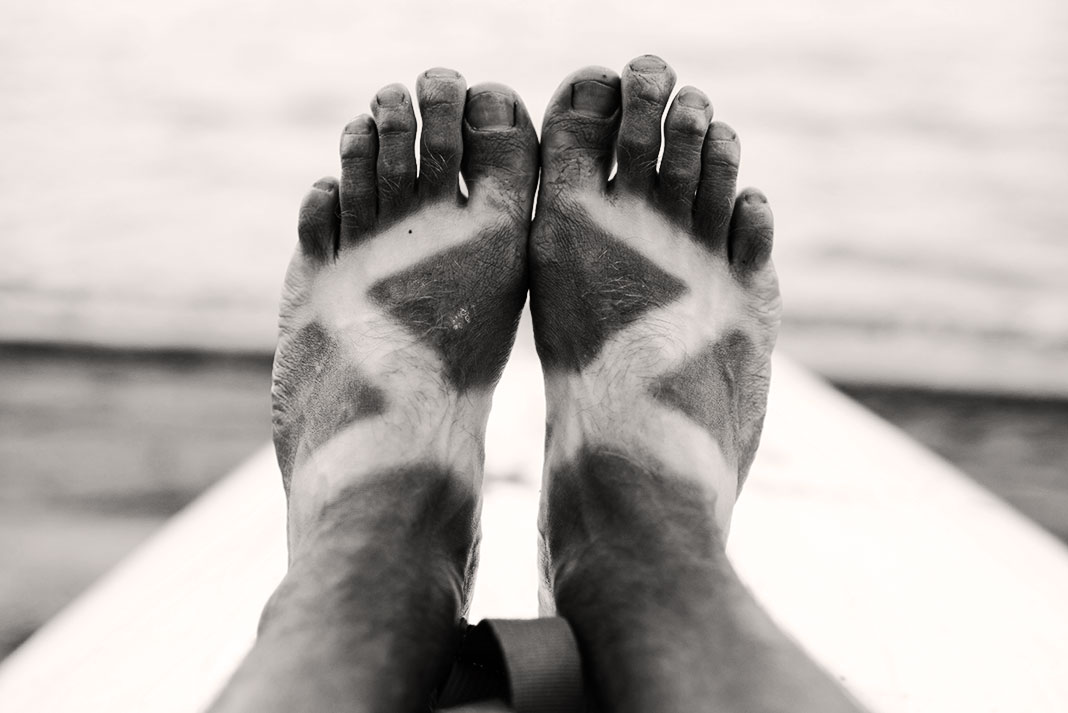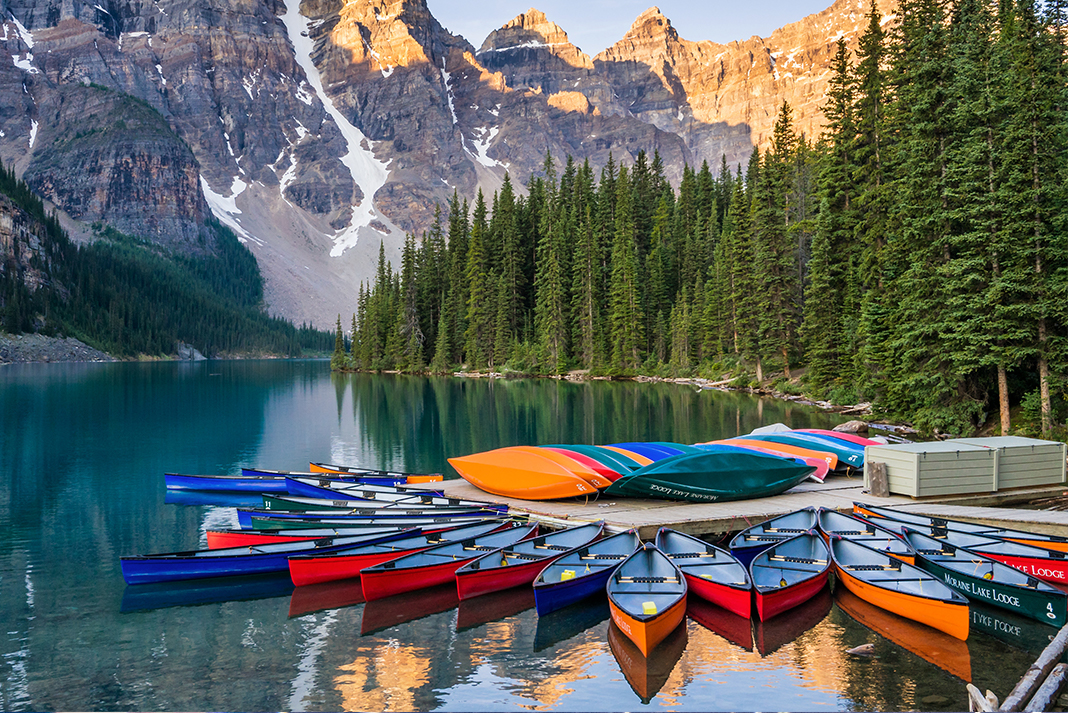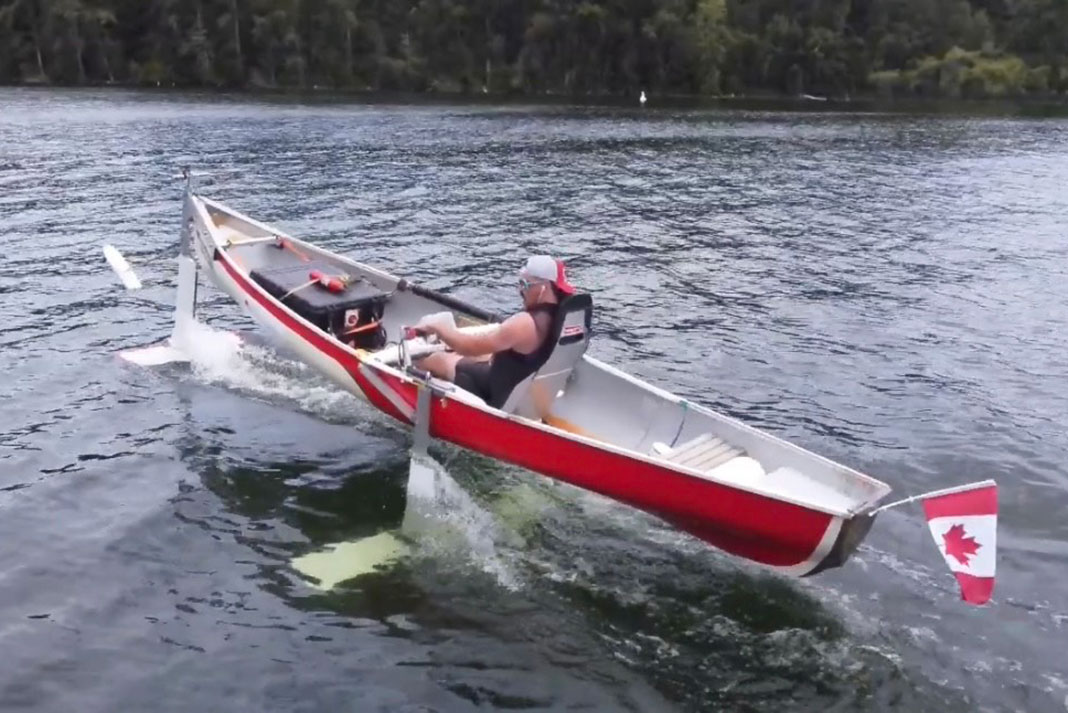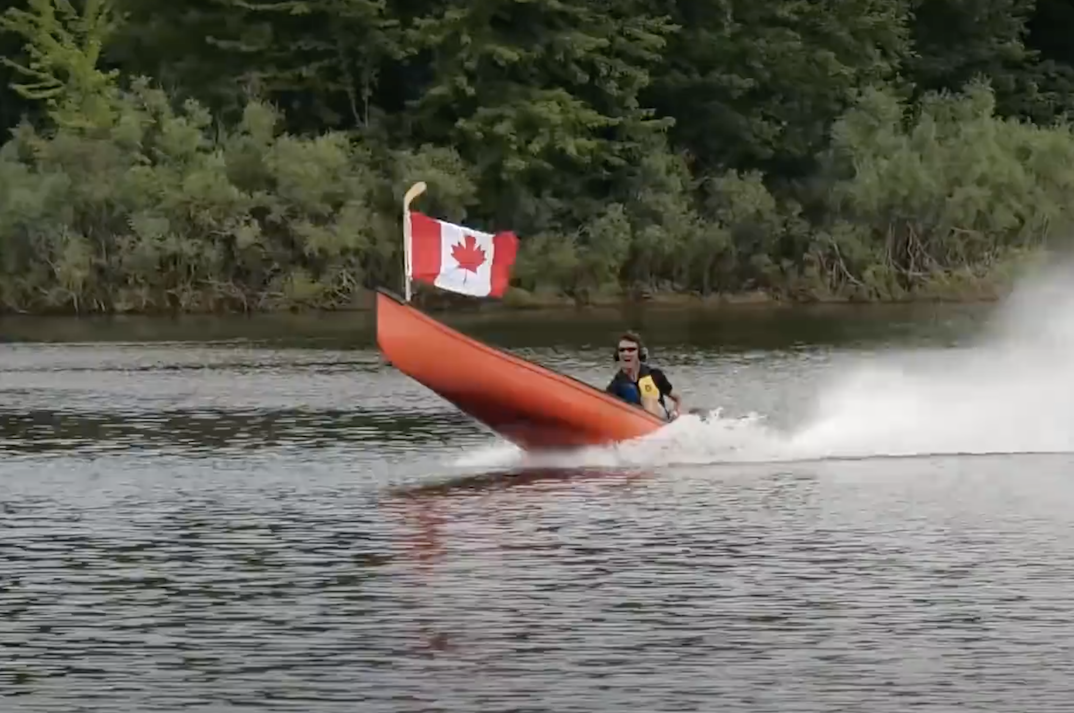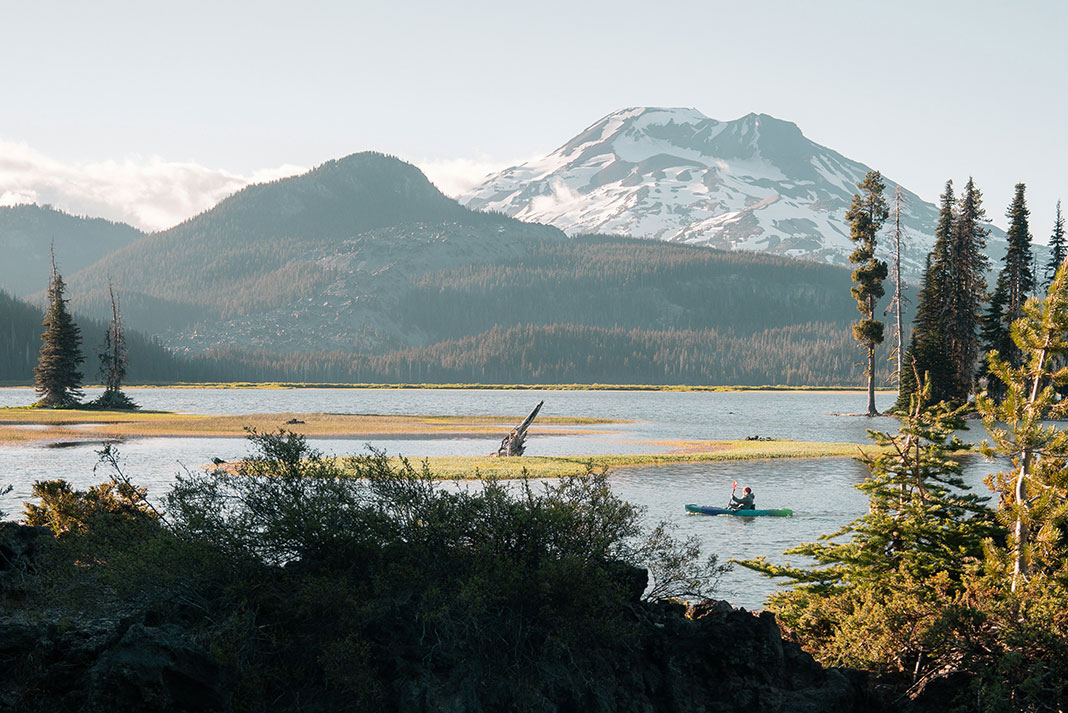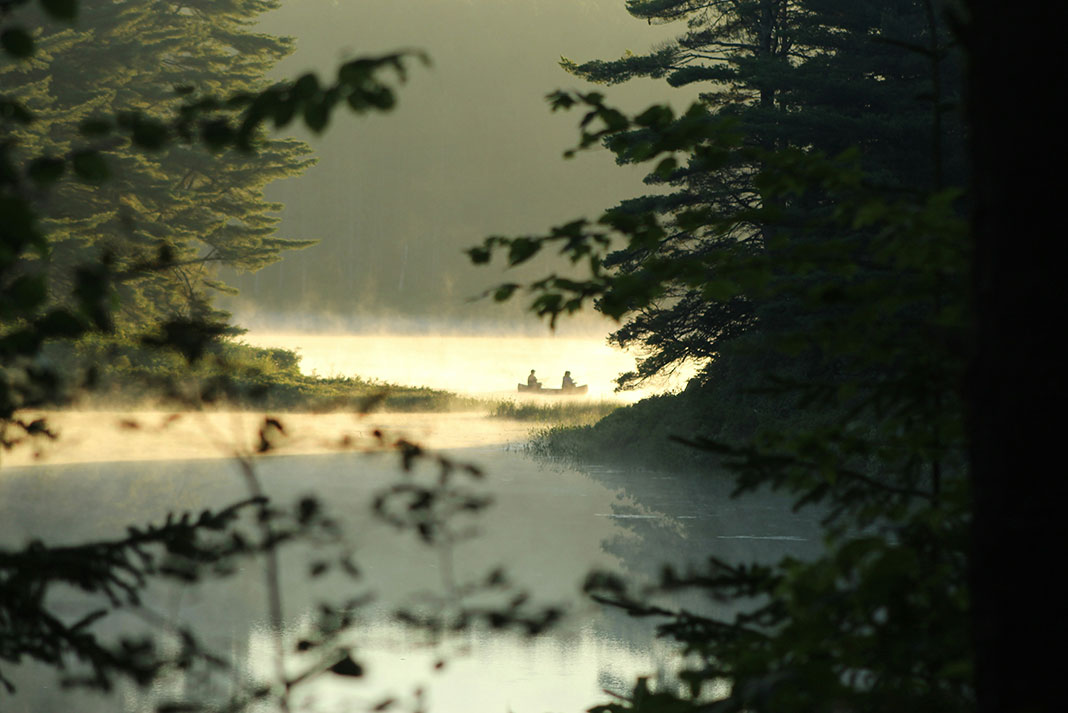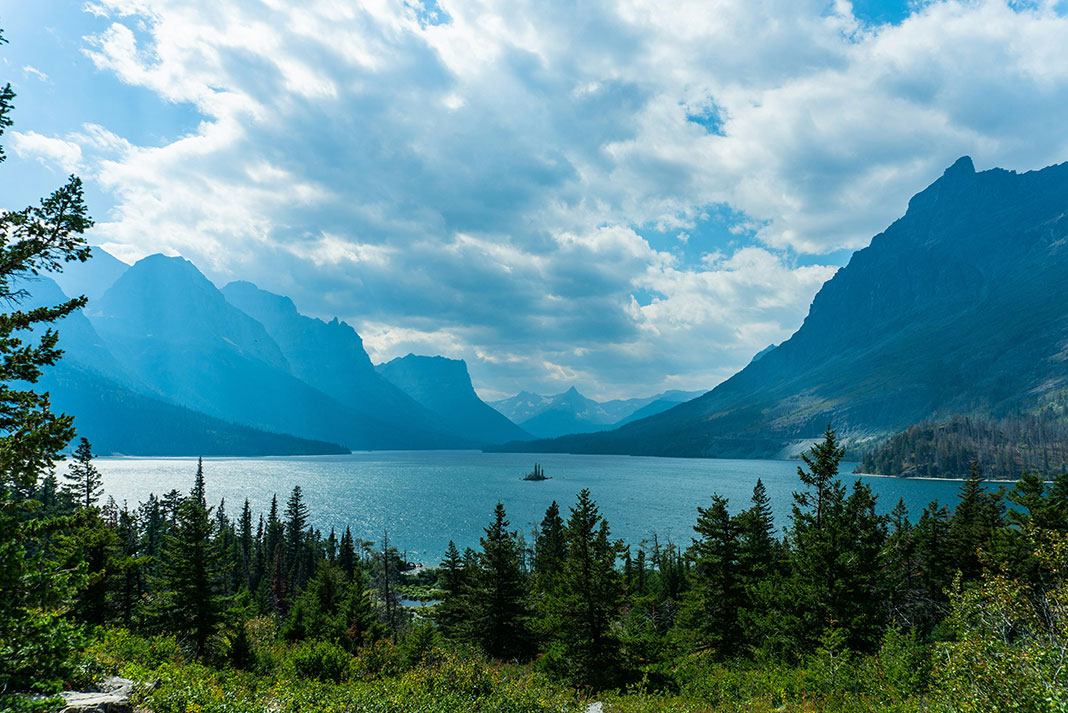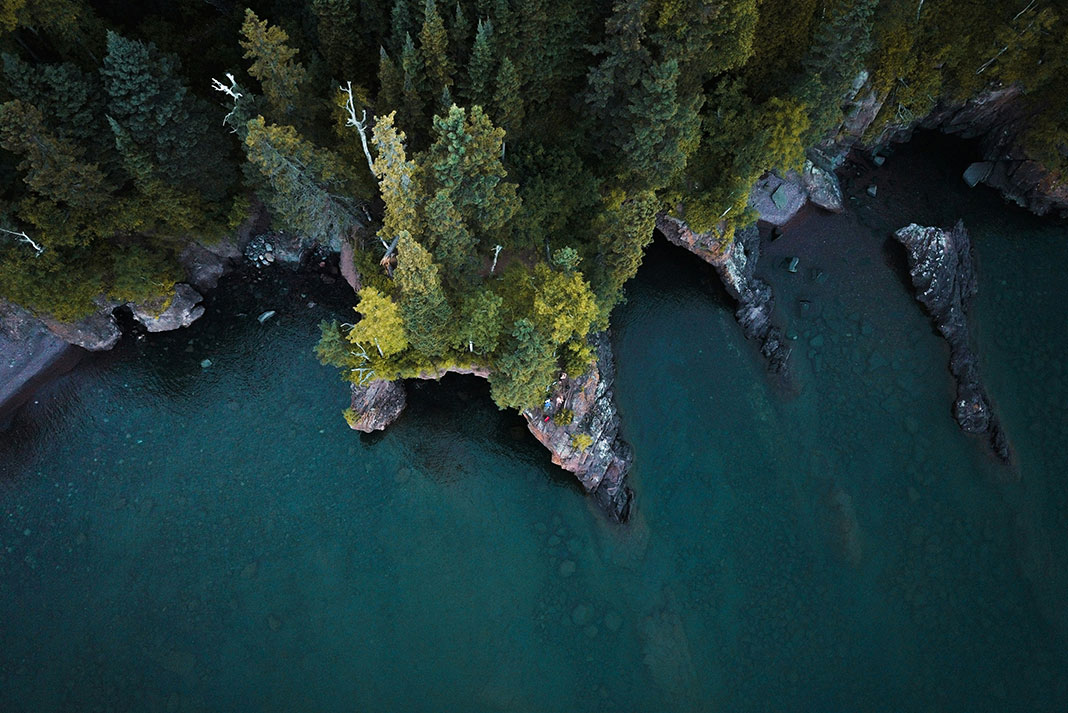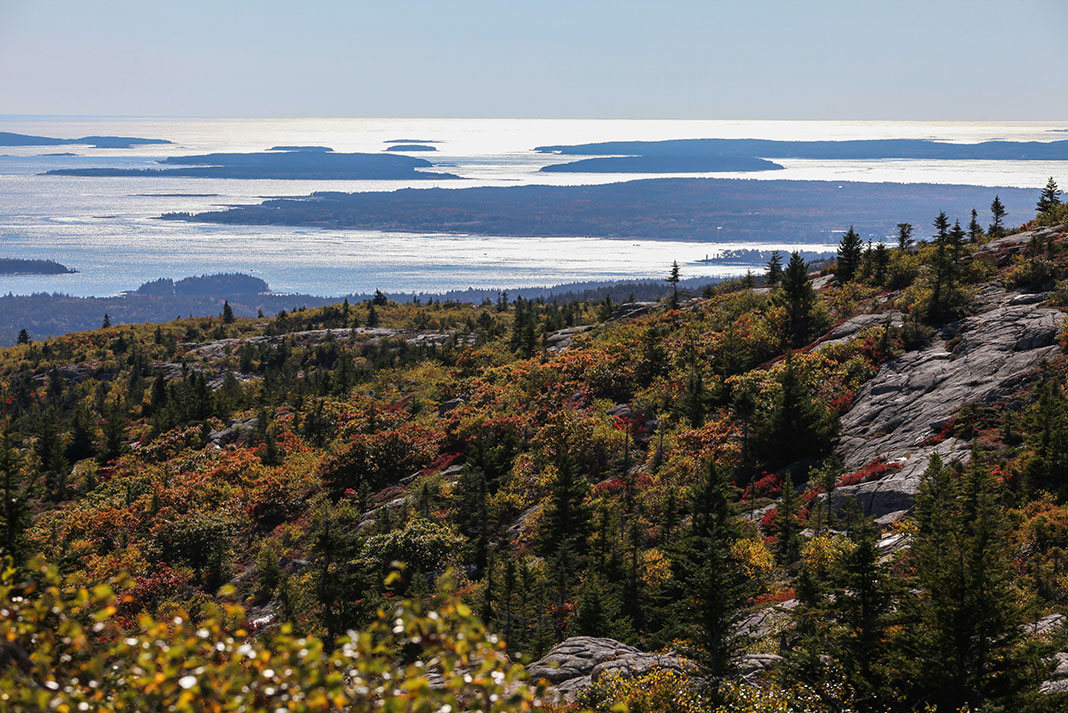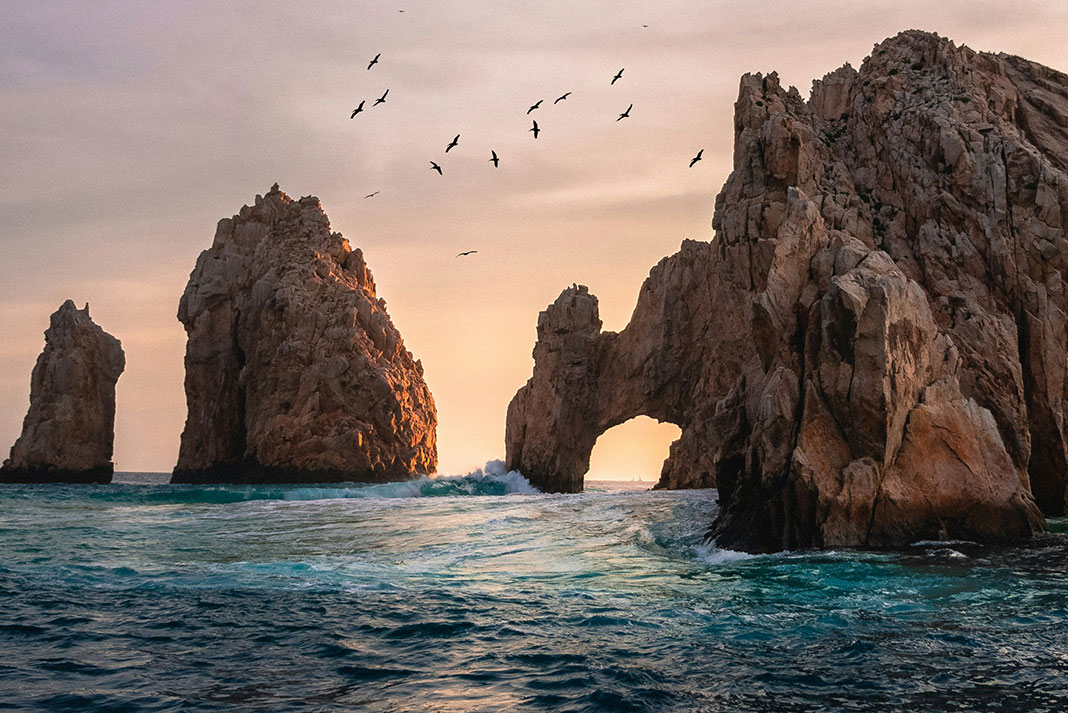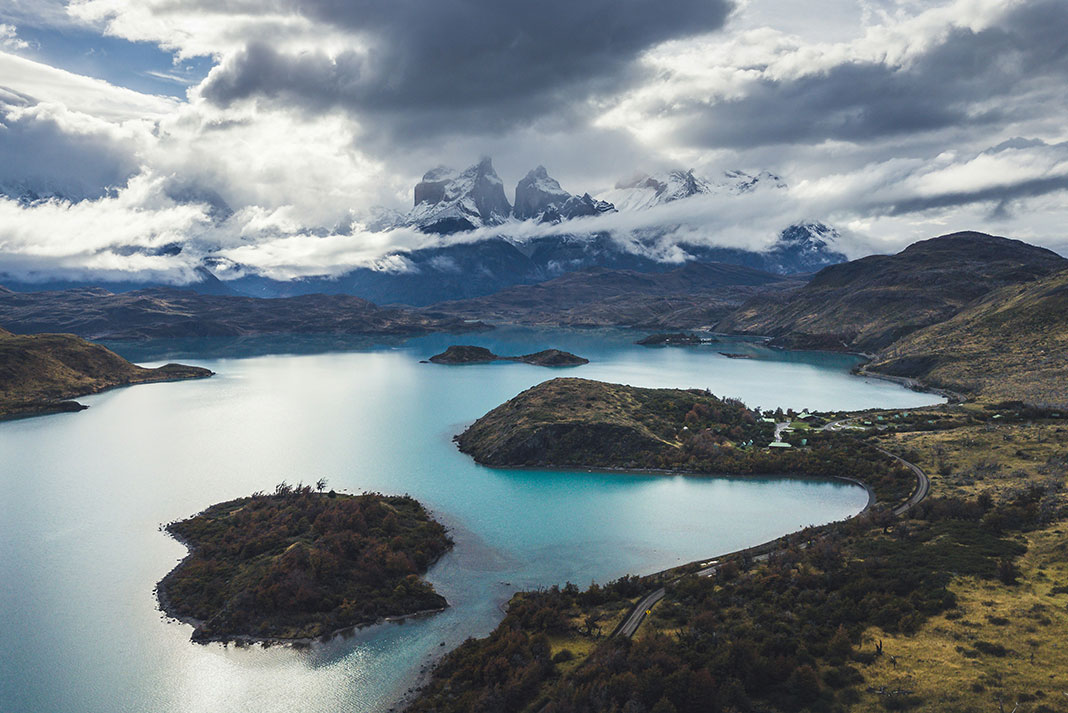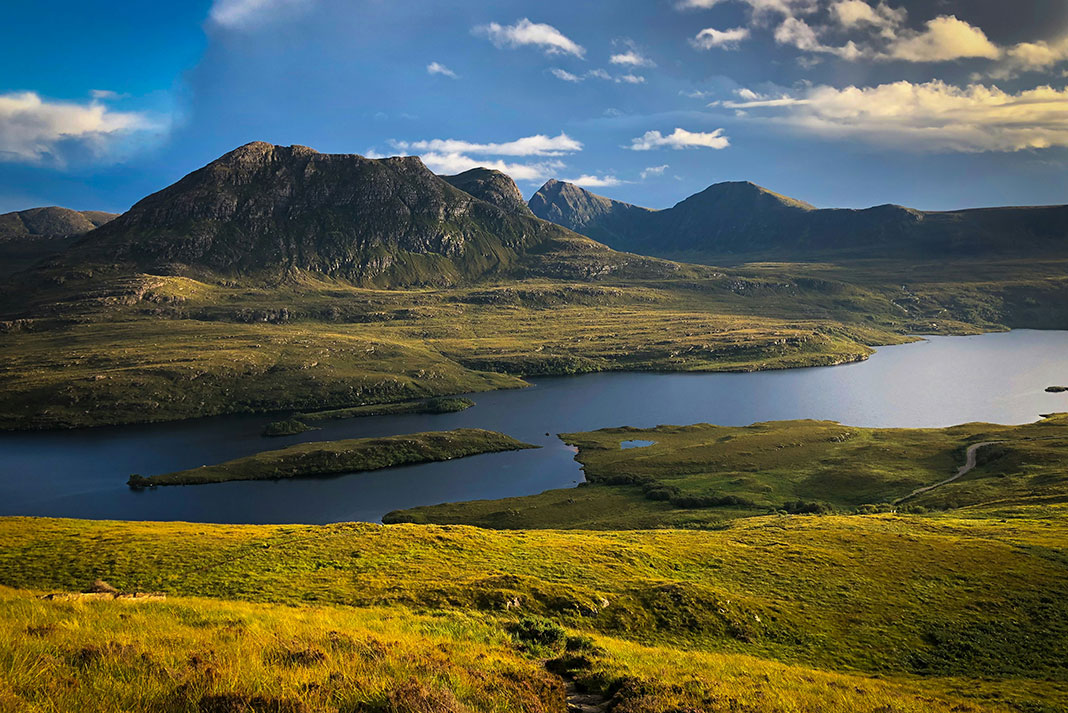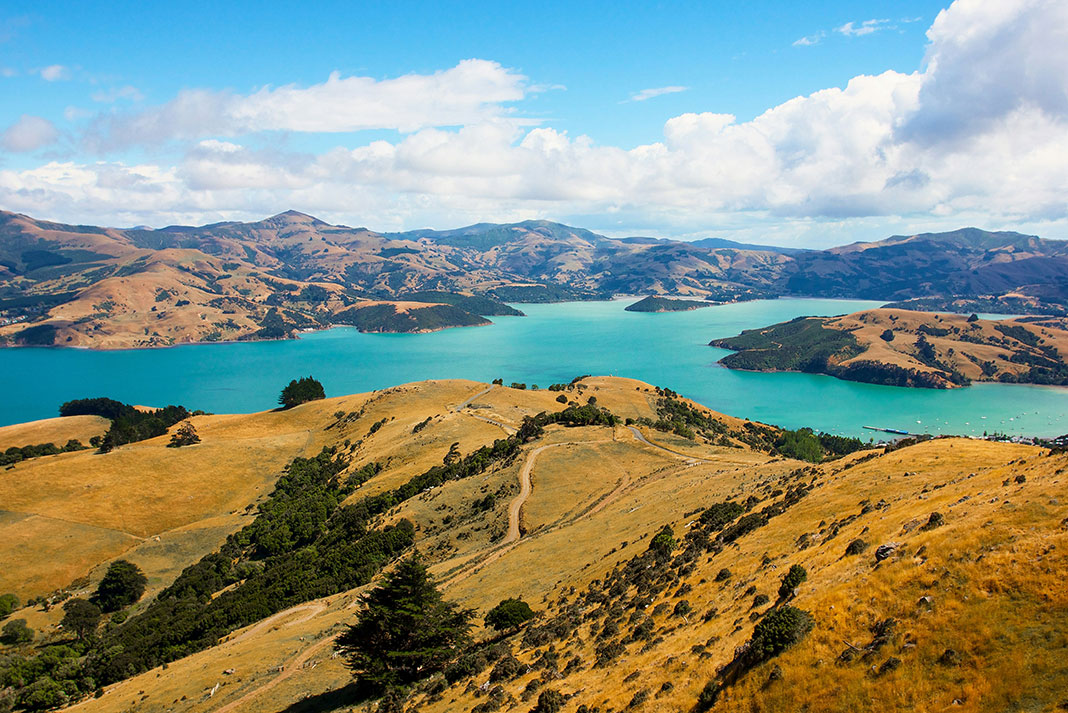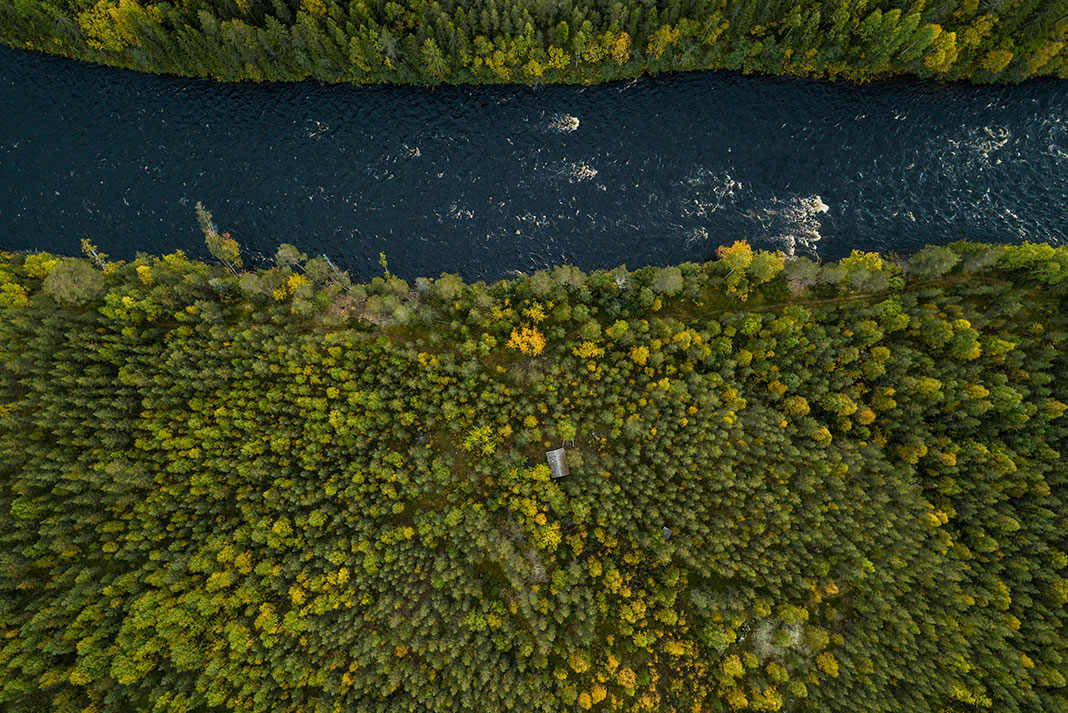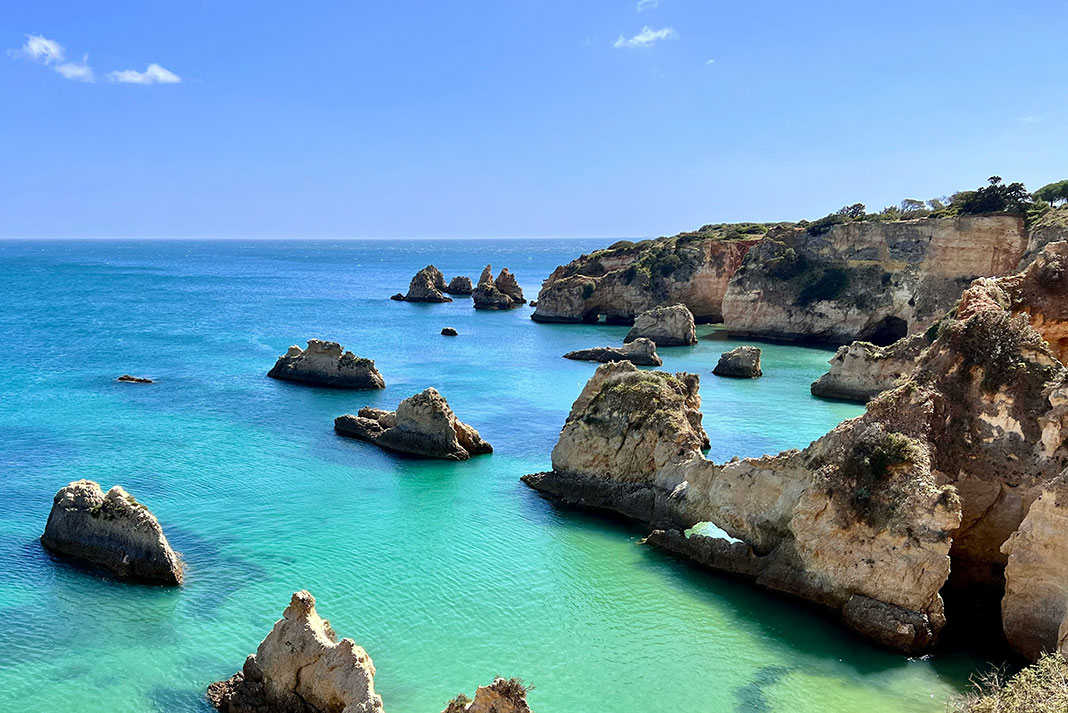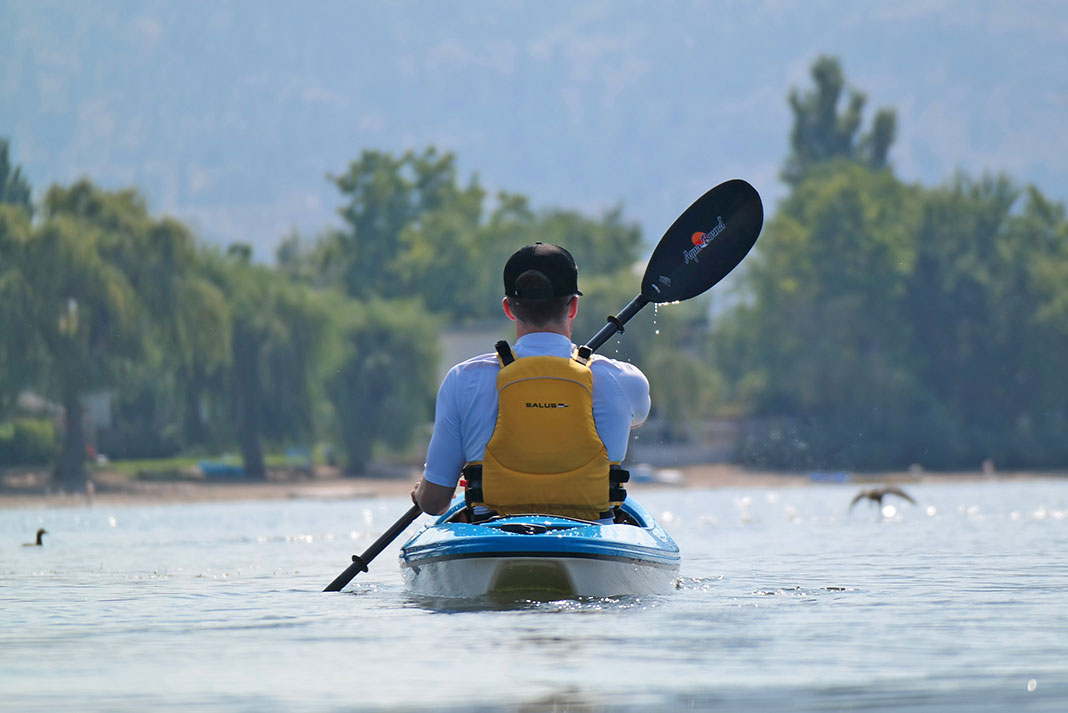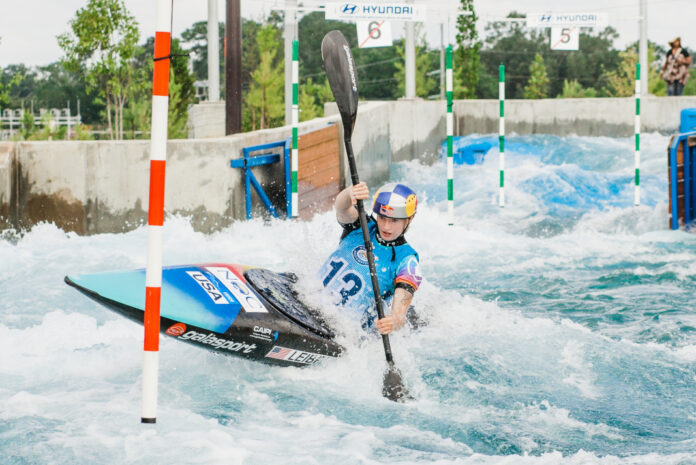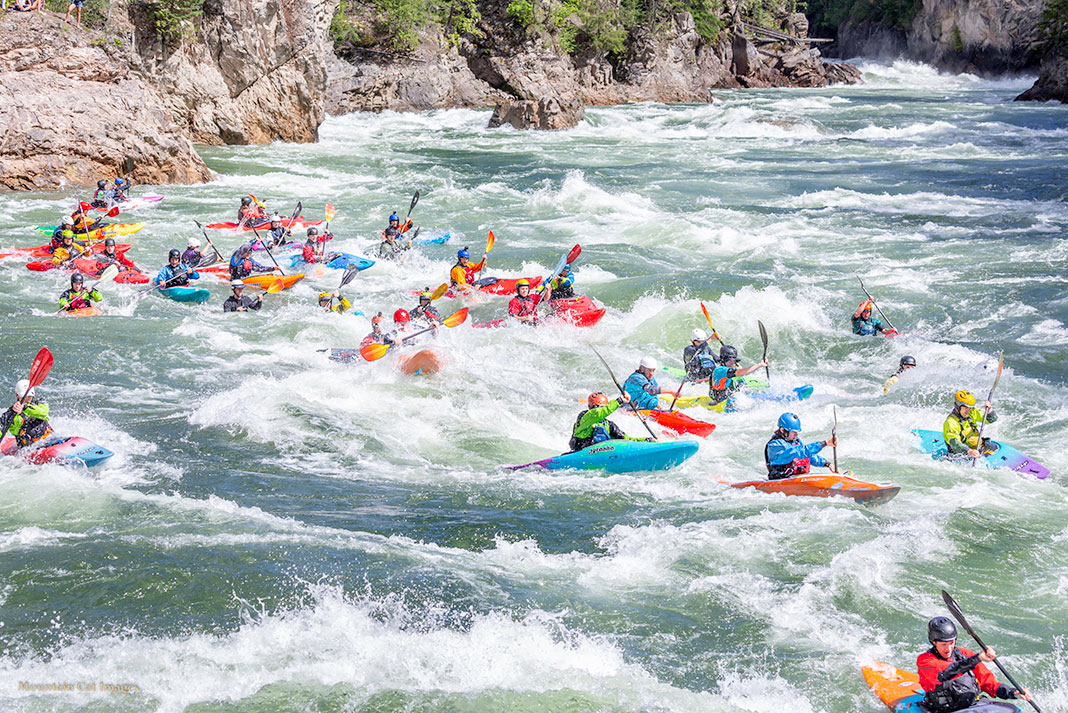Shopping for a new kayak? Whether it’s your first purchase, or you’re looking to upgrade, REI is a great place to start your search. Founded in 1938 by a group of outdoor enthusiasts, REI has remained true to its roots as a dedicated outdoor co-op. Today, you’ll find 181 REI locations across 41 states, with a great variety of quality products and kayak models for recreational paddling, touring, fishing, family kayaking, travel and more. Even better, REI’s experienced staff can answer your questions and guide you to the perfect kayak for your needs and aspirations.
REI sells kayaks manufactured by top brands such as Advanced Elements, Delta Kayaks, Eddyline, Hobie, Old Town, Oru Kayak, Pelican and Wilderness Systems, among others. If you’re wondering how to choose a kayak at REI, you can seek out expert advice from a staff member, join an on-water class, or try an REI kayak rental before you buy.
Kayaks from REI include entry-level recreational, inflatable and fishing kayaks aimed at casual paddlers, as well as more performance-minded kayaks aimed at seasoned paddlers and anglers. REI also stocks a diverse selection of kayak paddles, life vests, safety gear and other accessories.
Read on to discover the best REI kayaks of the year and everything you need to know about buying a kayak at REI.
Paddling Mag’s Top Picks: Best REI kayaks
Kayaks at REI are suited for a range of uses and types of waterways, with the widest selection focused on recreational paddling and fishing. All kayaks from REI are made by reputable brands, ensuring you’re buying a quality product that promises durability, performance and comfort. With more than 70 different kayak models to choose from, the best REI kayak for you really depends on where and how you’ll use it. Here are my top choices for touring, beginners, inflatable and 2-person REI kayaks.
Best touring REI kayak: Delta 16
There are a number of superb touring kayaks at REI to suit paddlers of all shapes and sizes. As a small- to mid-sized paddler who enjoys an efficient and rough water capable touring kayak, I love the performance fit and responsive maneuverability of the Delta 16 kayak. Plus, Delta’s lightweight thermoform construction means it’s easier for me to carry and load the kayak onto my roof racks without assistance. Expertly crafted in Canada, Delta Kayaks offer excellent performance, aesthetics and build quality at an outstanding value. Larger paddlers—or those headed out on even longer adventures—can scale up to the Delta 17 kayak for a just-right fit.
Best beginner’s REI kayak: Wilderness Systems Pungo 120
The Wilderness Systems Pungo lives up to its reputation as a top-selling sit-inside recreational kayak, with a design heritage dating back 20 years. It’s easy to see why the Pungo is beloved by beginners—it manages to be both exceptionally stable and faster than many comparable recreational kayaks. The predictable handling allows beginners to feel at ease and develop their skills while exploring winding rivers and sheltered waters. Enjoying a new sport means being comfortable, and Wilderness Systems’ deluxe, fully adjustable outfitting is just that. The Pungo 120 is ideal for small- to medium-sized paddlers; larger paddlers should look at the Pungo 125 for a roomier fit and higher carrying capacity.
Best inflatable REI kayak: Advanced Elements AdvancedFrame Expedition Elite
For exceptional value and versatility, the Advanced Elements AdvancedFrame Expedition Elite gets my vote for best REI inflatable kayak. This shape-shifting kayak transforms from travel bag to boat in under 15 minutes, and features a closed-deck design that offers better weather and splash protection than open deck inflatables. My favorite feature is Advanced Elements’ unique hybrid design, which incorporates a lightweight aluminum frame into the hull and deck for enhanced performance. This is an inflatable kayak that feels surprisingly close performance- and comfort-wise to a hard-shell kayak. Investing a bit more up front means you’re getting robust construction with long-lasting durability.
Best 2-person REI kayak: Pelican Argo 136XP Tandem
Offering a stable and relaxing paddling experience, the Pelican Argo 136XP Tandem kayak is the boat I’d grab for casual day tripping with a friend or family member. Sure, there are faster and flashier tandem kayaks, but this REI two-person kayak is a supremely accessible and affordable option for paddling pairs. Both cockpits feature comfortable seating systems with good support and adjustability. Plus, there’s loads of great storage, including cup holders and conveniently placed hatches. Pelican’s high-density polyethylene plastic construction is all but indestructible so you can focus on paddling, not on worrying about scratching your kayak.
More top picks: Best REI kayaks
The following REI kayaks have received the highest star ratings by reviewers in our Paddling Buyer’s Guide. See and review all REI kayaks here.
Best REI Kayaks
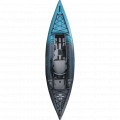
Chelan 120

AdvancedFrame Expedition Elite Kayak with Pump
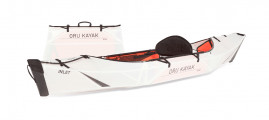
Inlet

Blackfoot Angler 130

Pungo 120 Recreational Kayak

StraitEdge Angler PRO

AdvancedFrame Sport
Shop for REI kayaks
Use the links below to navigate to our Paddling Buyer’s Guide where you can find every REI kayak on the market, including reviews, ratings and where to buy. You can filter kayaks by type and application, such as fishing or lakewater, or by the number of paddlers (one-person or tandem), and so much more.
Shop by type
Shop by number of paddlers
Shop by brand
REI kayak buying guide
REI offers high-quality kayaks from over a dozen respected brands. This makes the outdoor co-op a trusted choice for paddlers seeking their new or next kayak. Buying a kayak from a well-known brand ensures you’re getting a quality product that promises durability, performance and comfort, which combine to create an overall better paddling experience.
REI sells sit-inside, sit-on-top, inflatable and folding kayaks. Many REI kayaks are designed for recreational paddling and fishing, catering to paddlers most interested in wetting a line and enjoying sheltered waters and short adventures. REI also offers a selection of touring kayaks suitable for more experienced paddlers and those looking to undertake longer trips on more exposed waters.
Buyers can choose from 75 different kayak models at REI.com, with a more limited selection on display at brick-and-mortar stores. Whether you purchase a REI kayak in-store or online, buying from a dedicated outdoor retailer means you can take advantage of staff expertise. Explain your needs, ask questions, and read the useful buying advice articles available on REI.com.
The best tip I can offer for how to choose a kayak at REI is to try before you buy. On-the-water experience will allow you to get a real feel for the kayak and appreciate its specific attributes and design elements. Admittedly, this advice is difficult to apply at REI stores located in urban areas, far from the water. However, some REI locations offer kayak rentals, allowing you to paddle prospective designs before making a purchase. Also, many REI stores regularly offer on-water classes and guided tours—another great opportunity to try a variety of kayak designs and get advice from more experienced paddlers. Even if you can’t test the boat before you buy it, kayaks at REI have a liberal return policy. If you don’t like a REI kayak, take it back to the store for a full refund or exchange within one year of purchase (90 days for non-members).
Before you get on the water, don’t forget to stock up on all the other paddling essentials, including life jacket, paddle, buoyant line, pump and pealess whistle. Fortunately, these items are also available at REI, right alongside your kayak.
-
Does REI sell kayaks?
Yes, REI carries a wide range of kayaks and over a dozen reputable kayak brands, from premium to bargain. Kayaks sold at REI include recreational and fishing kayaks, sit-inside and sit-on-top kayaks, touring kayaks, tandem kayaks, pedal kayaks, inflatable and folding kayaks. Kayaks from REI are suitable for a variety of skill levels—from beginner to more experienced—as well as paddling environments ranging from lazy rivers and sheltered bays to more exposed coastal waters. Kayak brands at REI include: Advanced Elements, Aquaglide, BOTE, Delta Kayaks, Eddyline, Hobie, Old Town, Oru Kayak, Pelican, Perception, Star Inflatables, TAHE and Wilderness Systems.
-
Does REI ship kayaks?
Yes, kayaks at REI can be purchased online and shipped to addresses in many U.S. states (some restrictions apply). With the exception of some inflatable kayaks, an oversize shipping charge applies.
-
Does REI rent kayaks?
Yes, kayak rentals are available at some—but not all—REI locations. Visit REI.com to search REI kayak rental by location. Note that kayak rentals are only offered during the paddling season.
-
Does REI offer kayak skills courses?
Yes, kayak skills courses are offered at select REI locations across the U.S. Most classes are a half-day and priced from $89 to $219 per person, including kayak rental, safety gear and expert instruction. REI kayak skills courses are suitable for novice to more advanced paddlers. Popular topics include: Learn to Kayak, Kayaking Safety and Rescue Techniques, Introduction to Kayak Touring and Introduction to Coastal Kayaking. Find a kayak skills course location near you at REI.com.
-
When do kayaks go on sale at REI?
REI is a cross-country co-operative with 23 million lifetime members, so they offer everyday low prices on all their kayaks and gear. REI co-op does not offer price matching. Instead, as a member-owned cooperative, they focus on providing discounts to their members through coupons, annual rewards and other promotional events throughout the year. Check the promotions page on REI.com for current deals and coupon codes. You’ll find savings of up to 50 percent online at the REI Outlet. Additionally, save 15 percent on full-price paddles and PFDs with any kayak purchase.
REI kayak reviews
Over the years, the editorial staff at Paddling Magazine has reviewed many of the kayaks you’ll find at REI and can give you a clear picture of where these kayaks are meant to be paddled, what skill level they’re suited for and how they perform so you can make a purchase with confidence. Find in-depth reviews for some of the best REI kayaks at the links below.
Feature photo: Sarah Stierch/Wikimedia Commons



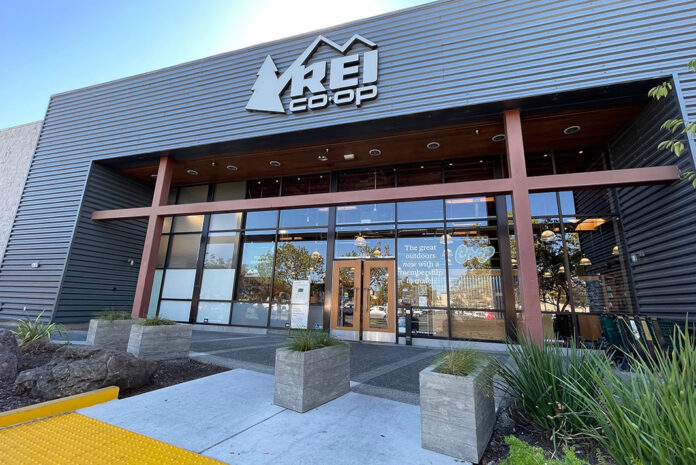








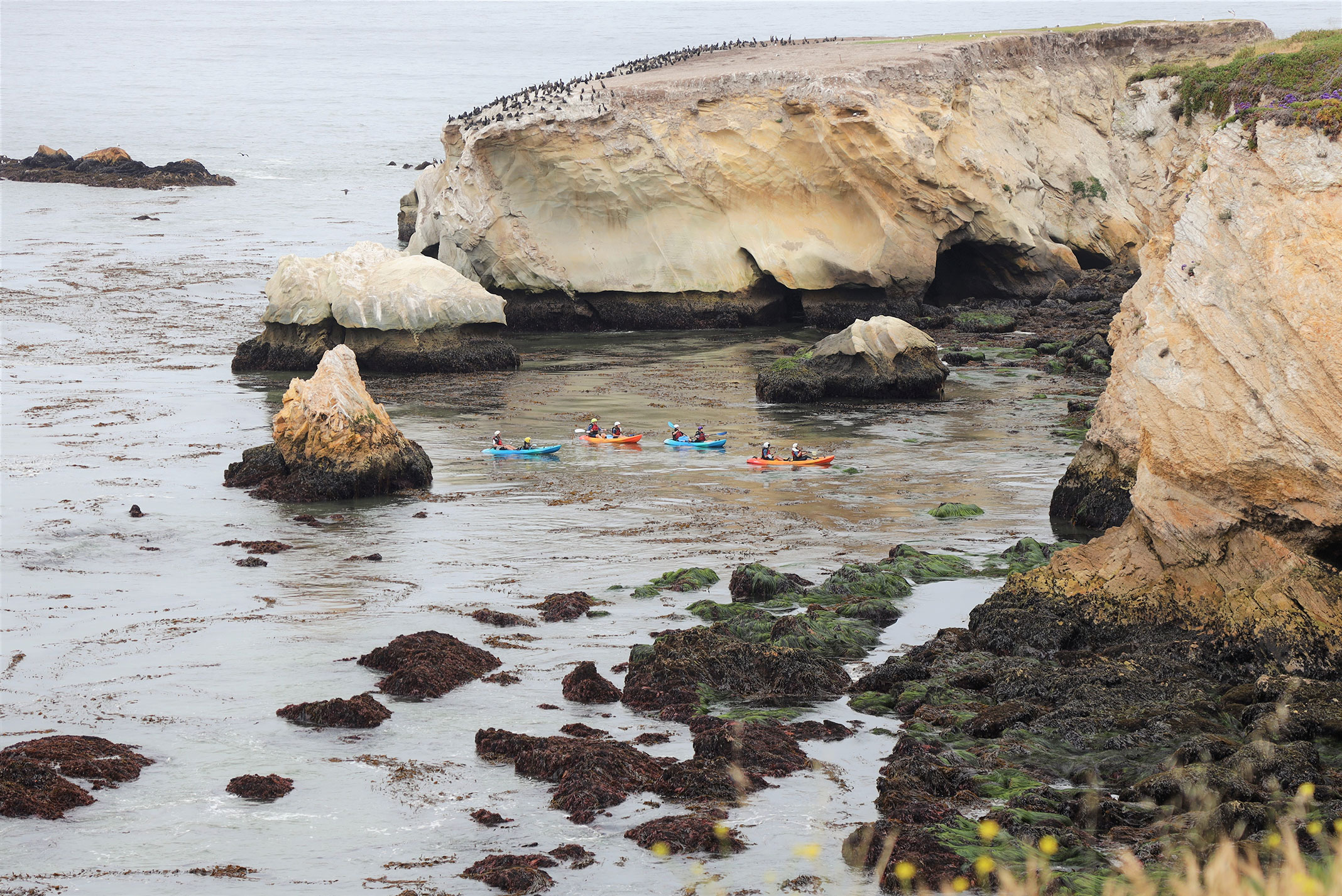
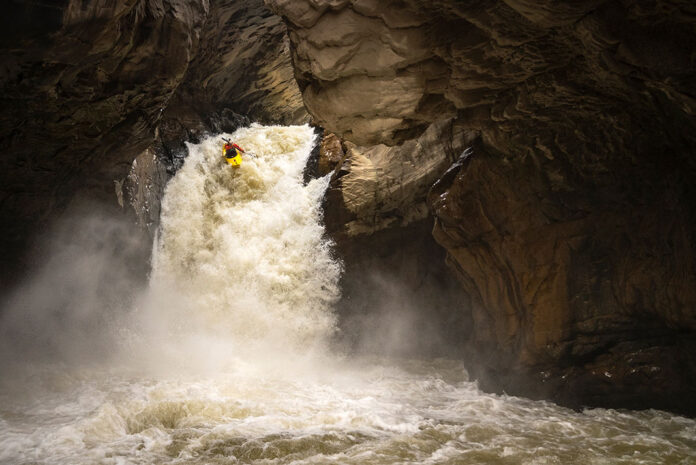
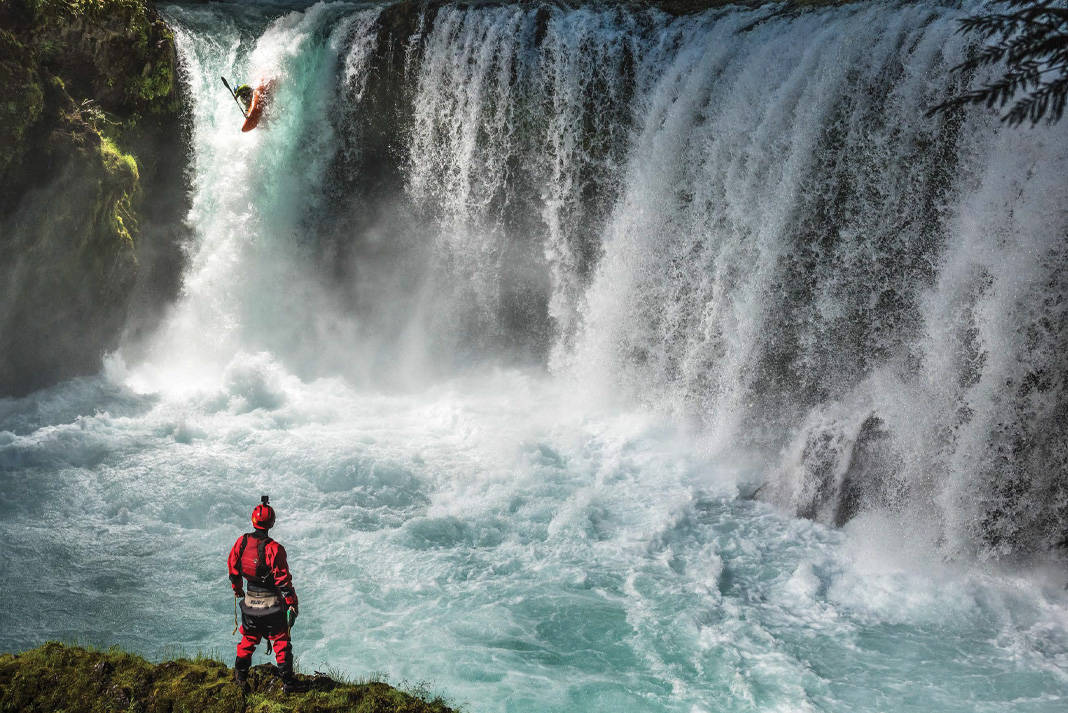
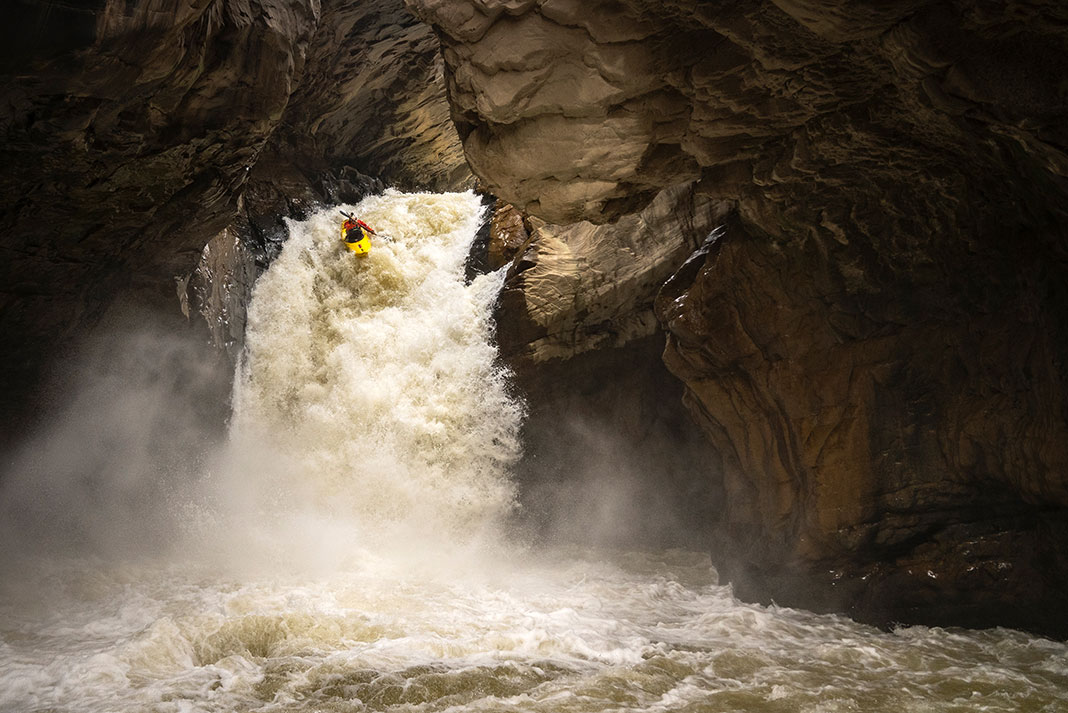
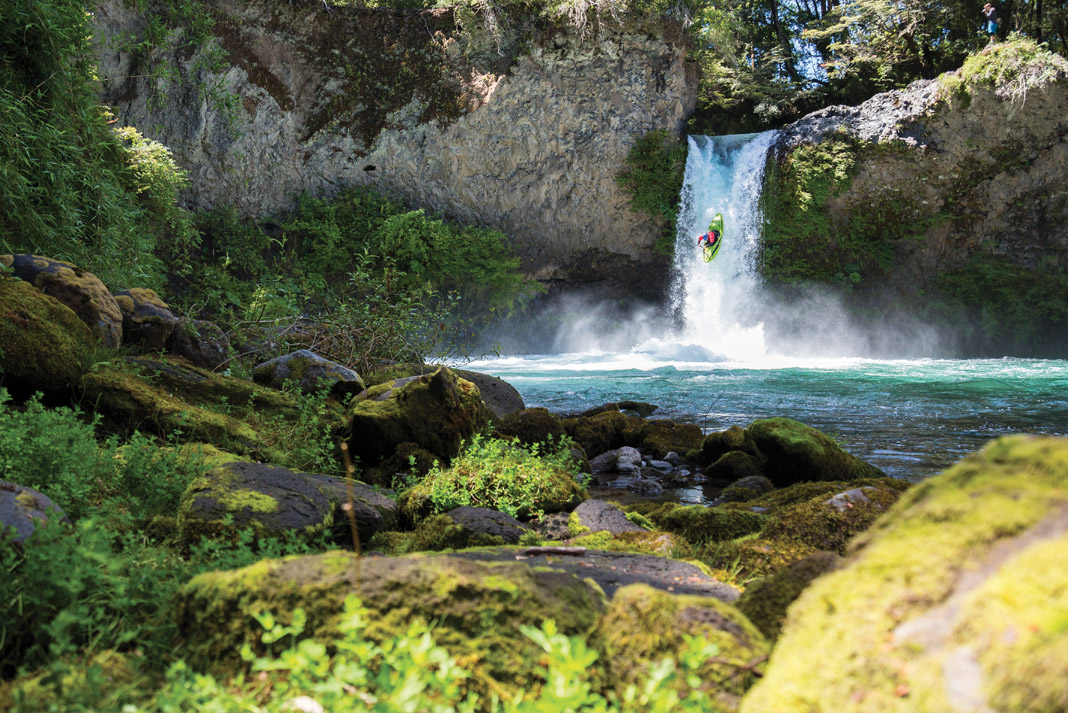
 This article was first published in the Spring 2024 issue of Paddling Magazine.
This article was first published in the Spring 2024 issue of Paddling Magazine. 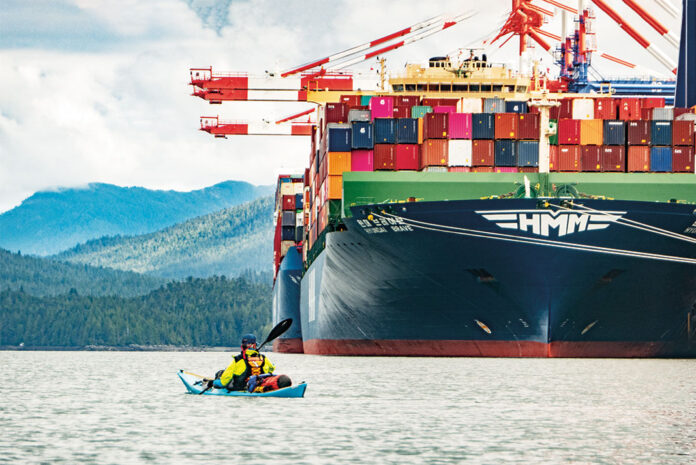

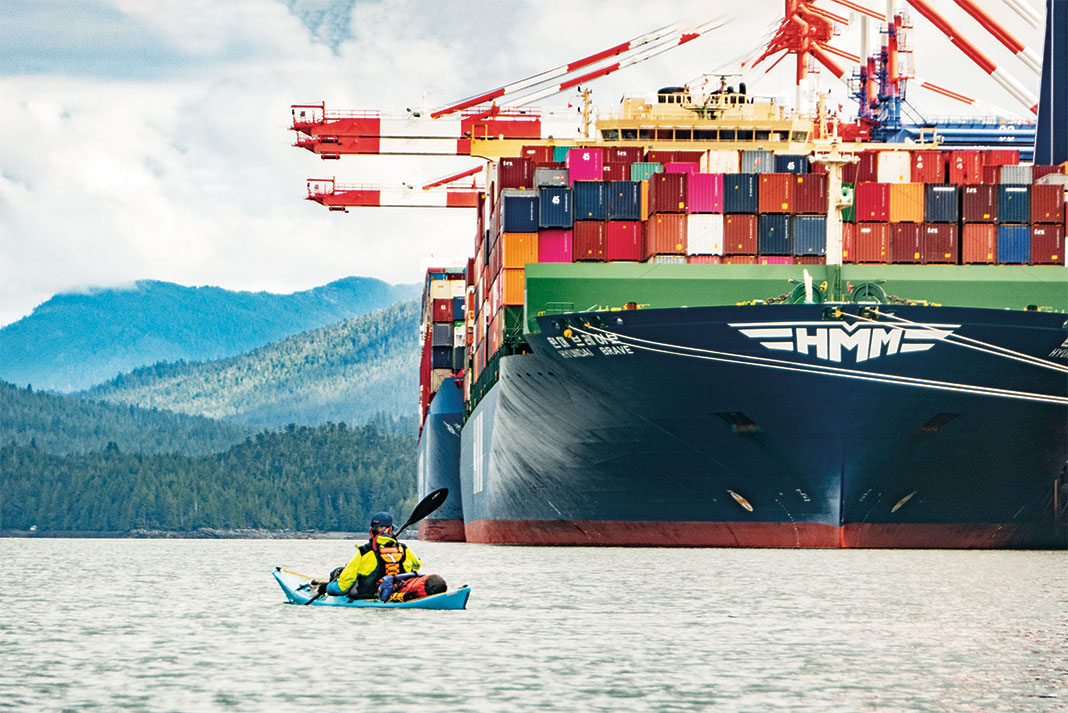
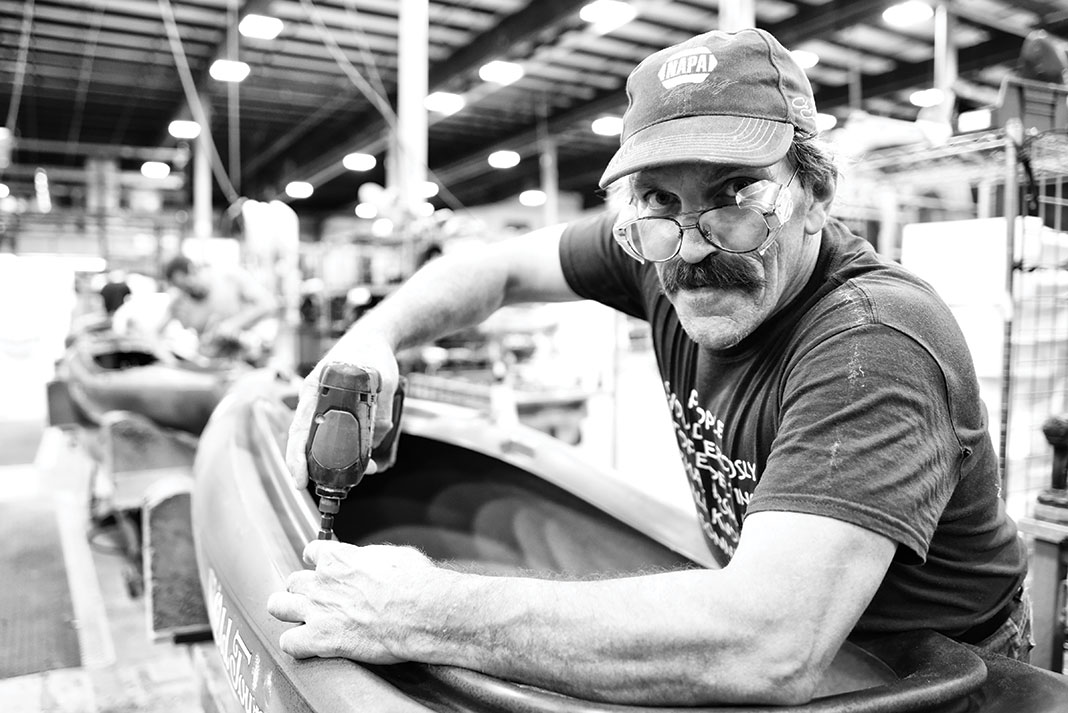
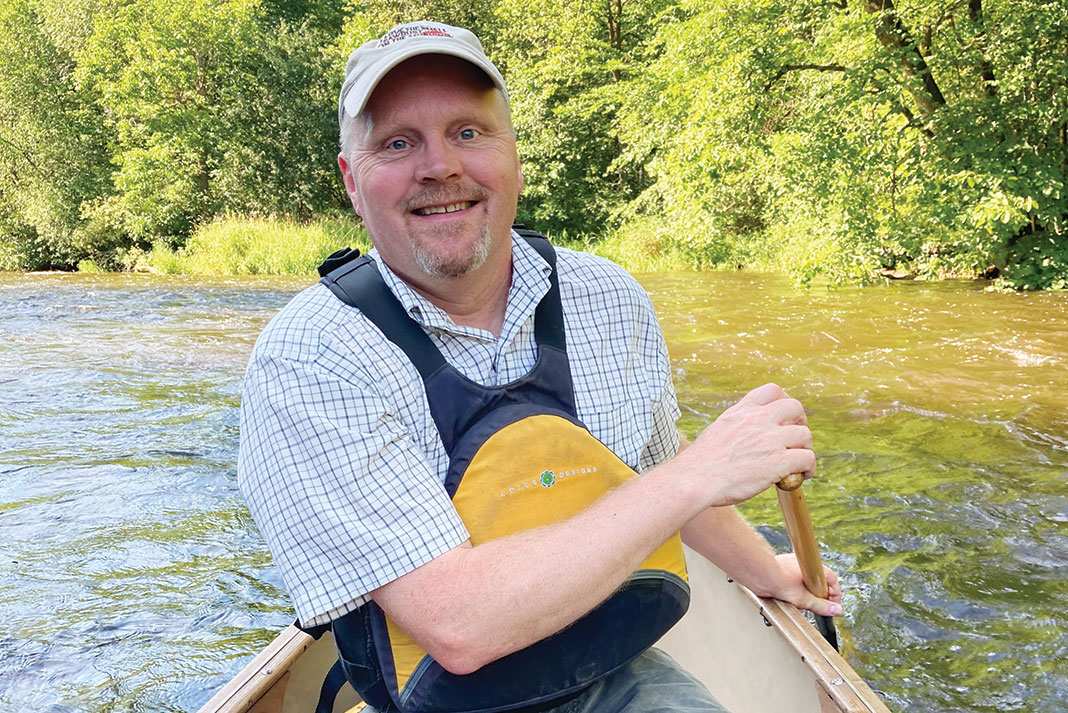
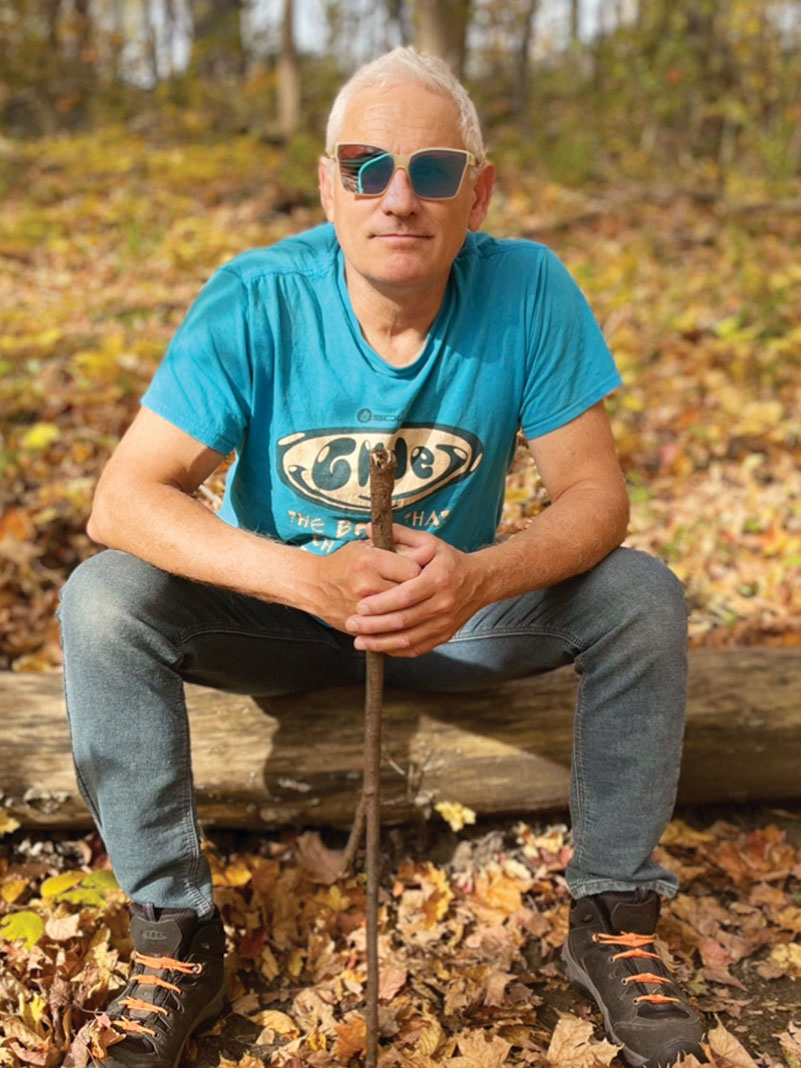
 This article was first published in the 2024 issue of Paddling Business. Inside you’ll find the year’s hottest gear for canoeing, kayaking, whitewater and paddleboarding. Plus: how to beat the big box, trends in kayak fishing instruction, building the Paddlesports Trade Coalition and more.
This article was first published in the 2024 issue of Paddling Business. Inside you’ll find the year’s hottest gear for canoeing, kayaking, whitewater and paddleboarding. Plus: how to beat the big box, trends in kayak fishing instruction, building the Paddlesports Trade Coalition and more. 


